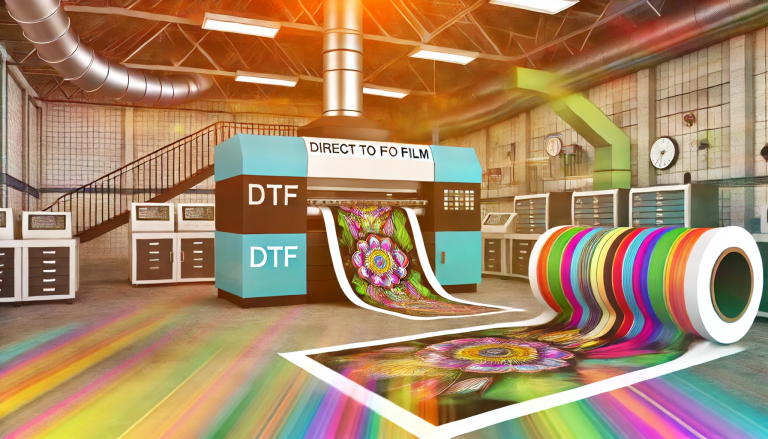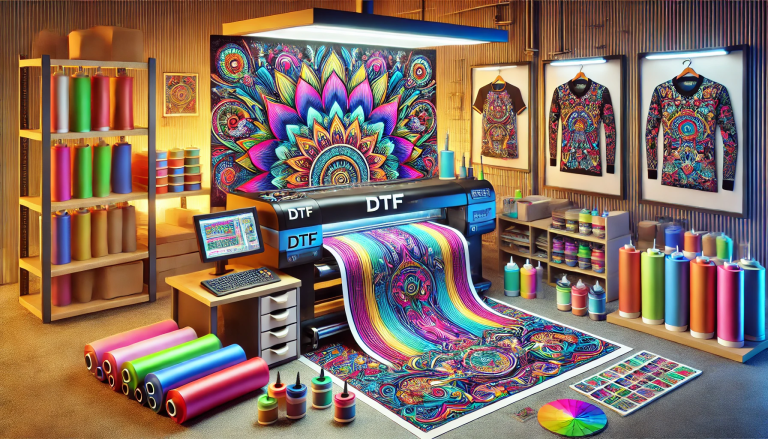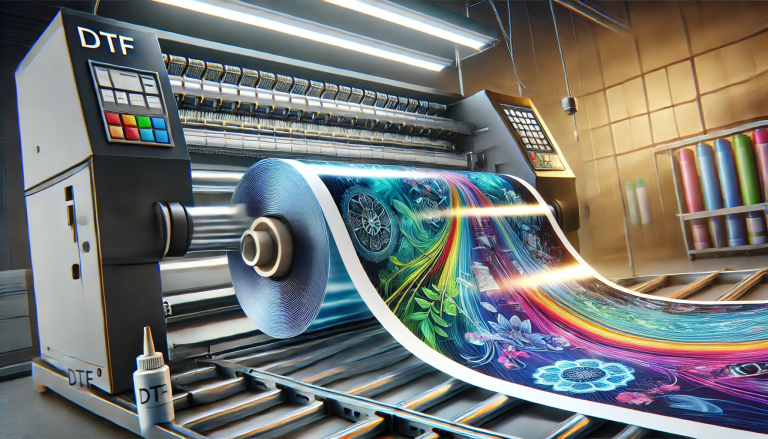“DTF Heat Transfer on a Hat: A Detailed Guide” -MAXDTF- Heat Transfer Film Factory, DTF transfer paper Supplier, Made in China
Part 1: Introduction
Direct-to-Film (DTF) printing is a versatile and effective method for customizing a wide range of apparel, including hats. This technique offers vibrant, long-lasting prints with less fuss compared to other methods. This article will guide you through the process of using DTF heat transfers to decorate a hat, from preparation to finishing touches.
Summary: This article will outline the process of using DTF heat transfer to print on a hat, guiding from the preparatory stages through to completion.
Part 2: Preparing for DTF Heat Transfer
Before you begin the DTF heat transfer process, you’ll need to prepare your design and ensure your hat is suitable for DTF printing. The design should be prepared digitally, ensuring that it fits the printable area of the hat. Regarding the hat, it should be made of a material that can withstand the heat of the transfer process. Most cotton, polyester, and blended fabric hats are suitable for DTF heat transfer.
Summary: Before DTF heat transfer, ensure your design fits the hat’s printable area and that the hat material is heat-resistant. Cotton, polyester, and blended fabrics are generally suitable for DTF heat transfer.
Part 3: The DTF Heat Transfer Process
Once your design is prepared and your hat is ready, it’s time to proceed with the DTF heat transfer. Print your design on DTF transfer film using a DTF printer. Apply a layer of DTF powder to the printed design and dry it using a heat gun or oven. Then, place your hat on a heat press machine, position the printed design over the desired area, and apply heat according to the manufacturer’s instructions.
Summary: In the DTF heat transfer process, print your design on DTF transfer film, apply DTF powder, and dry it. Then, position the design on your hat and heat press according to manufacturer guidelines.
Part 4: Peeling and Finishing
After heat pressing, you’ll need to remove the transfer film. Depending on your preference, you can peel it hot or cold. Hot peeling tends to result in a glossier finish, while cold peeling often yields a more durable, matte result. Once peeled, allow your hat to cool. To ensure longevity, it’s advisable to cure the hat in a conveyor dryer or heat press once more.
Summary: After heat pressing, peel the transfer film either hot for a glossy finish or cold for a matte finish. Allow the hat to cool, then cure it for increased durability.
Part 5: Conclusion
DTF heat transfer offers a versatile, efficient method for customizing hats with vibrant, long-lasting designs. By following the correct preparation, transfer, and finishing processes, you can achieve professional-quality results with DTF printing on hats. As with any printing technique, practice makes perfect—so don’t hesitate to experiment and learn as you go.
Summary: DTF heat transfer is an effective method for that customization. With correct preparation, transfer, and finishing steps, high-quality results can be achieved. Experimentation and practice will further enhance your DTF printing skills.






